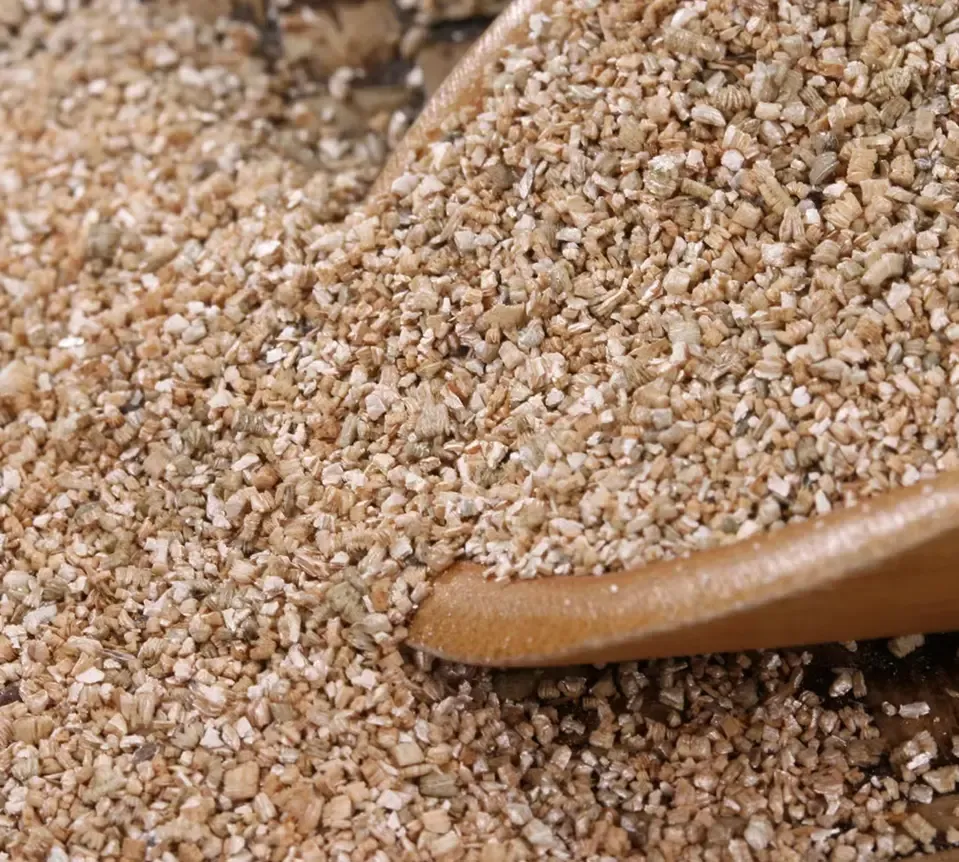Dec . 10, 2024 11:35 Back to list
cobblestone laying
The Art and Craft of Cobblestone Laying
Cobblestone laying is an age-old technique that has both functional and aesthetic benefits. This method of paving has been used for centuries, evidenced by the iconic streets of ancient cities across Europe, where time-worn stones have become synonymous with charm and beauty. In this article, we delve into the intricacies of cobblestone laying, exploring its history, benefits, and the steps involved in creating a stunning cobblestone surface.
A Historical Perspective
The use of cobblestones dates back to ancient times, with evidence of their use as far back as the Roman Empire. These durable stones were favored for their strength and ability to withstand the wear and tear of foot and vehicle traffic. Cobblestones were often sourced locally, making them a sustainable choice. As technology advanced, so did the methods of extracting, shaping, and laying these stones. Today, they serve not only as functional pathways but also as historical touchstones that connect us to our architectural heritage.
Benefits of Cobblestone Laying
Cobblestone paving offers numerous advantages. Firstly, it is incredibly durable; when installed correctly, cobblestones can last for decades, if not centuries. Unlike asphalt or concrete, which can crack and degrade over time, cobblestones provide a long-lasting solution that can withstand various weather conditions.
Additionally, cobblestones are highly customizable. Available in a range of sizes, colors, and shapes, they allow for creative design possibilities. Whether you prefer a classic European look or something more modern, cobblestones can be arranged in various patterns, adding character and uniqueness to your outdoor space.
Furthermore, cobblestone surfaces are permeable, which means they allow water to drain through the gaps between the stones. This helps reduce urban runoff and promotes groundwater recharge, making it an environmentally friendly choice. Moreover, reports suggest that cobblestone streets can reduce vehicle speed, thus enhancing pedestrian safety.
Steps Involved in Cobblestone Laying
cobblestone laying

Laying cobblestones is a meticulous process that requires both planning and craftsmanship. Here’s an overview of the essential steps involved
1. Planning the Design Before beginning any project, it’s crucial to plan the layout. Consider the size of the area, the pattern of stones, and the overall design theme. Sketch out a plan to ensure clarity during the laying process.
2. Gathering Materials Choose the type of cobblestones you wish to use, whether they are granite, basalt, or other local stones. Additionally, you will need gravel or sand for the base, along with tools such as a rubber mallet, level, and a compactor.
3. Preparing the Base This step involves removing any existing surface material and leveling the ground. A well-prepared base is essential for the stability of the cobblestone. Typically, a layer of crushed stone or gravel is laid down and compacted to create a solid foundation.
4. Laying the Stones Begin laying the stones according to your planned design. Start from one corner or edge and work your way across the area. Use a rubber mallet to tap the stones into place, ensuring they are level and firmly set. This step may require adjusting the position of the stones several times to achieve a cohesive look.
5. Filling the Gaps Once all the stones are laid, fill the gaps between them with sand or fine gravel. This helps to secure the stones in place and prevent movement over time. Sweep the filler into the gaps, then use a compactor to settle the material.
6. Finishing Touches Lastly, remove any excess sand from the surface and consider applying a sealant for added protection against stains and weathering. Regular maintenance, including cleaning and occasional re-filling of gaps, will keep your cobblestone surface looking pristine for years to come.
Conclusion
Cobblestone laying is more than just a construction technique; it is an art form that enhances the aesthetic appeal of any space. With their rich history, durability, and environmental benefits, cobbled streets and pathways remain a timeless choice. Whether in a quaint village or a bustling urban area, cobblestones evoke a sense of nostalgia while providing a practical solution for outdoor paving. With careful planning and skilled execution, cobblestone laying can transform any area into a picturesque landscape, inviting both nostalgia and admiration.
-
Transform Your Outdoor Spaces with Premium Black Rocks for Landscaping
NewsAug.01,2025
-
Exploring the World of Green Jade: Types, Meanings, and Values
NewsAug.01,2025
-
Enhance Your Outdoor Spaces with Premium Black Garden Stones and Pebbles
NewsAug.01,2025
-
Elevate Your Garden Design with Black River Stones and Decorative Landscape Rocks
NewsAug.01,2025
-
Discover the Beauty and Symbolism of Green Jade: From Raw Stones to Luxury Pieces
NewsAug.01,2025
-
Discover the Beauty and Meaning of Green Jade Crystals
NewsAug.01,2025






